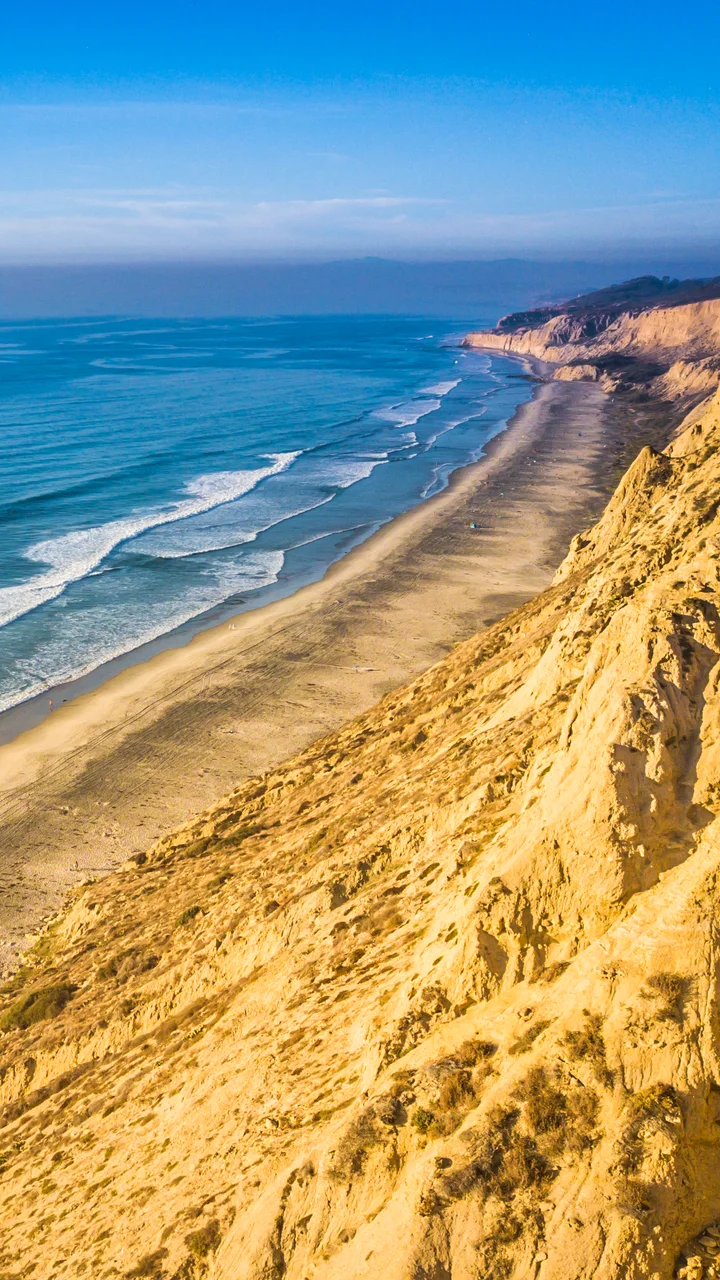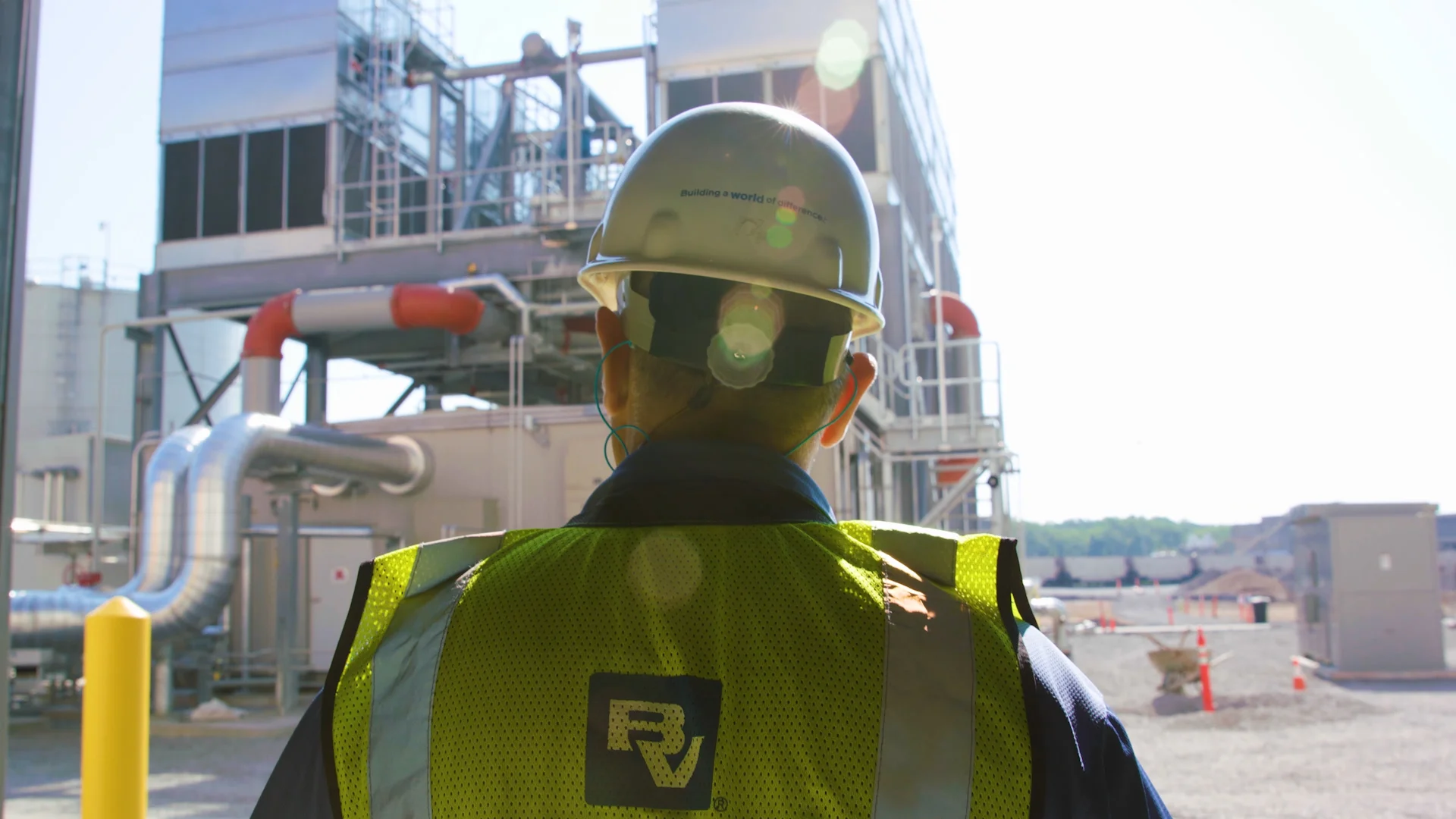Desalination Gains Momentum as a Water Supply Solution

As surface water supplies, like the Colorado River, face existential challenges, public agencies continue to investigate alternative water sources to further diversify and create resilient water supply portfolios. Desalination, a one water solution that has historically encountered opposition due to environmental and economic concerns, has gained momentum.
In August 2022, California Governor Gavin Newsom released his water supply strategy with measures to address California’s diminishing water supply. As a water resilience leader, the state’s notable inclusion of treating 84,000-acre feet of a new brackish groundwater supply by 2040 signals a shift towards investigating the potential benefits of desalination.
Recent government support and the success of the Claude “Bud” Lewis Carlsbad Desalination Plant, the largest seawater desalination facility in North America, has reinvigorated interest in desalination, said Vasu Veerapaneni, Black & Veatch’s Global Desalination Technical Solution Leader. “It's one of many projects that have water utilities and industries revisiting desalination as they deal with constant cycles of water stress,” he said. “Globally, projects for which Black & Veatch has provided design through commissioning services – like the Manyar Smelter Desalination Plant in Indonesia and Escondida Desalination Plant in Chile – are leading the way for desalination solutions in the mining industry.”
Recent feasibility study wins in Northern California, Southern California and Texas build upon decades of Black & Veatch's desalination market leadership. The company’s track record includes flagship projects such as Escondida Water Supply Expansion Project in Chile; four of the five seawater desalination plants in Singapore that Black & Veatch either designed or served as Owner’s engineer; implementation of the first SWRO desalination plant in Hong Kong; and Water Security Investment Program in Australia that supply clients with a resilient, reliable water future.
"Opposition to desalination typically pertains to traditional seawater intake and ocean discharge and the once-unknown marine life impacts, along with high energy costs,” said Scott Maloni, Black & Veatch’s Desalination Growth Leader and CalDesal member. “However, there are other salty water sources, like brackish groundwater supplies, that can be more affordable and less energy-intensive, and that avoid coastal environmental concerns.”
For inland regions with limited surface water supplies, sources such as brackish groundwater provide a reliable resource. The recently completed Perris II Desalter and two of Black & Veatch’s recent feasibility studies are examples of using brackish groundwater supplies, signaling opportunity for the company to win more work in this growing area of desalination solutions.
Maloni summarized the direction desalination is heading best when he said, “Whether public or private, potable or industrial use, groundwater or seawater, Black & Veatch knows desalination and with demand growing, our desalination solutions team recognizes the immediate need to lead our clients into tomorrow with roadmaps to funding, permitting and building new water supplies for our clients.”
Contact Us
Looking for a partner in innovation?
Let's Talk
